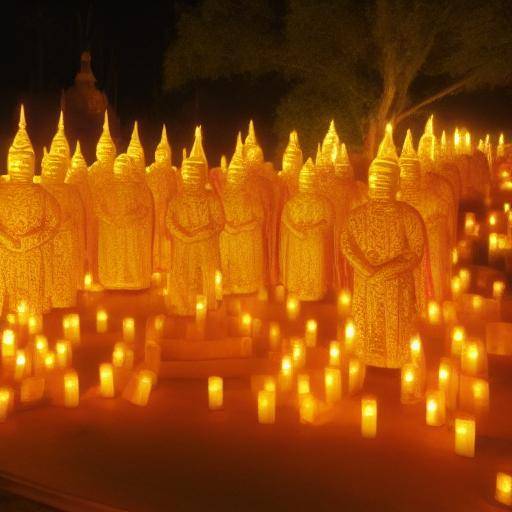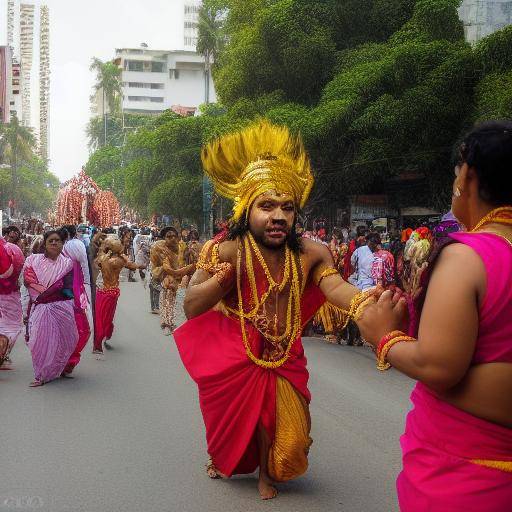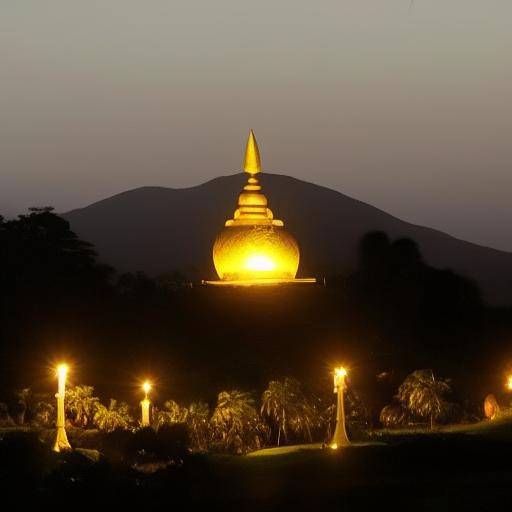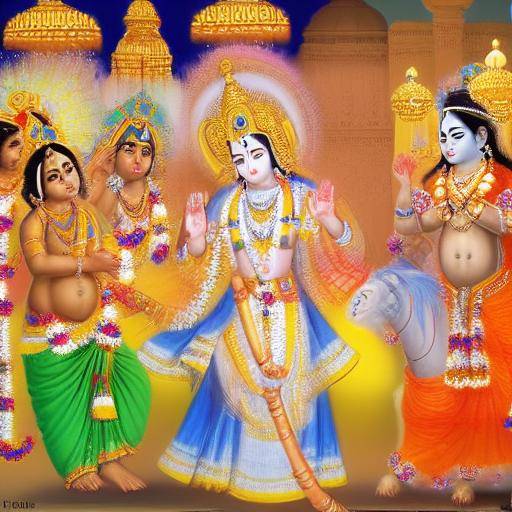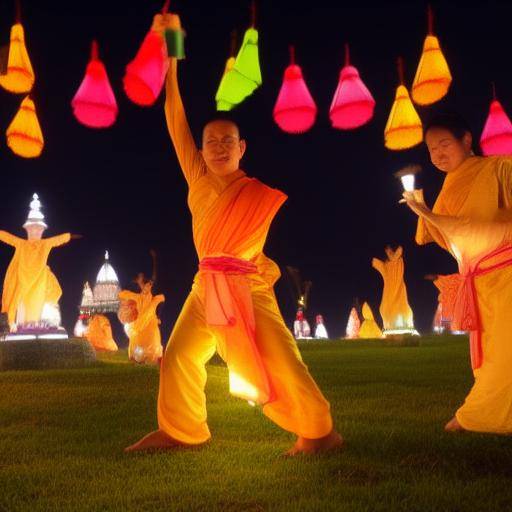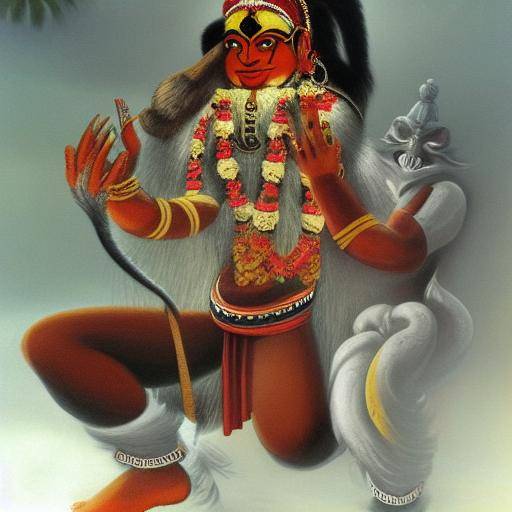
Introduction
In the rich culture of India, the "yakshas" have been venerated as guardians of nature for millennia. These mysterious deities have played a significant role in religious traditions, particularly in Hinduism and Buddhism. In this article, we will thoroughly explore who the Yakshas are, their relationship with Buddhism and Hinduism, their history, their influence in today's society, and much more. Join us on this journey to discover the secrets of the guardians of nature in India.
History and Background
The yakshas have ancient roots that go back to the Vedic texts of India, where they are mentioned as mythical beings that have a close bond with nature. In Hinduism, these spirits are regarded as feminine or masculine beings that protect natural treasures such as trees, mountains, lakes and rivers. In Buddhism, yakshas also occupy a prominent place, fulfilling similar roles as guardians of nature and as powerful beings in the spiritual realm.
In-depth Analysis
The yakshas play a crucial role in the cosmology and mythology of India, symbolizing the harmony between human beings and nature. His presence is permeated with numerous sculptures and mythical accounts that echo his influence on the religious beliefs and the daily life of ancient India. Today, his legacy remains alive, influencing the culture and arts of the Indian subcontinent.
Comprehensive review
In the context of Buddhism, the Yakshas have been venerated as protective beings that preserve the natural balance of the world. Their representations in Buddhist temples and shrines reveal the profound respect and devotion they are professed. On the other hand, in the framework of Hinduism, these deities are regarded as celestial figures associated with abundance and prosperity. Its presence is manifested in rituals and festivals that highlight its importance in the Indian worldview.
Comparative analysis
While the representations of the yakshas vary in their symbolic aspects between Buddhist and Hindu traditions, their role as protectors of nature is a common denominator that unites both religions. Buddhists worship yakshas as spiritual guardians, while Hindus regard them as divinities related to fertility and fortune. This rich interconnection between Buddhism and Hinduism through the yakshas reflects the profound harmony that permeates India's religious beliefs.
Practical Tips and Accessible Tips
Although the worship of the yakshas may seem like an ancient practice, its influence transcends the times and remains relevant in contemporary society. For those interested in exploring the Buddhist and Hindu teachings in relation to the Yakshas, it is recommended to visit temples and sacred sites where these deities remain venerated. These shrines offer a unique vision of Indian spirituality and its connection to nature.
Conclusion
In short, the presence of the yakshas in India is a testimony of the profound reverence that is given to nature in the country's religious traditions. In both Buddhism and Hinduism, yakshas embody the essence of protection and harmony with the natural environment. Its legacy remains an expression of the intimate connection between the human being and the natural world, providing a valuable lesson on the importance of preserving and respecting the environment today.
FAQs
1. What is the spiritual meaning of yakshas in Buddhism and Hinduism?
The yakshas, in the context of Buddhism and Hinduism, are regarded as spiritual beings that protect nature and its treasures. In Buddhism, they are venerated as spiritual guardians, while in Hinduism they are regarded as deities related to fertility and fortune.
2. What role do yakshas play in Indian mythology?
In Indian mythology, yakshas are associated with the protection of nature, natural treasures and fertility. They are regarded as divine beings that exert influence on the earth, rivers, trees and other representations of nature.
3. Where can yaksha representations be found in India?
The representations of the yakshas are found in temples, shrines, sculptures and mythological accounts throughout India. Some of the most prominent places to admire these representations include Buddhist temples in Ajanta and Esora, as well as Hindu temples in Khajuraho and Hampi.
4. What lessons can we learn from the relationship between the Yakshas and nature in Buddhist and Hindu traditions?
The relationship between yakshas and nature in Buddhism and Hinduism highlights the importance of harmony between human beings and the natural environment. These teachings remind us of the need to respect and protect nature, as well as to live in balance with the world around us.
5. How has the veneration of the Yakshas evolved throughout the history of India?
Throughout history, veneration of the Yakshas has evolved from ancient Vedic traditions to their incorporation into Buddhism and Hinduism. Its influence has endured over the centuries, adapting to the social and cultural changes of India.
6. What impact do yakshas have on India's contemporary society?
The yakshas remain an integral part of India's contemporary society, as their legacy is reflected in religious practices, art, architecture and the preservation of nature. Its influence remains evident in the daily life and environmental awareness of the Indian population.
In conclusion, yakshas represent a spiritual link between human beings and nature in India's religious traditions, insinuating the importance of preserving and respecting the environment. In both Buddhism and Hinduism, his legacy endures as a reminder of the intimate connection between man and the natural world, giving a valuable lesson on the importance of maintaining harmony with nature today.

